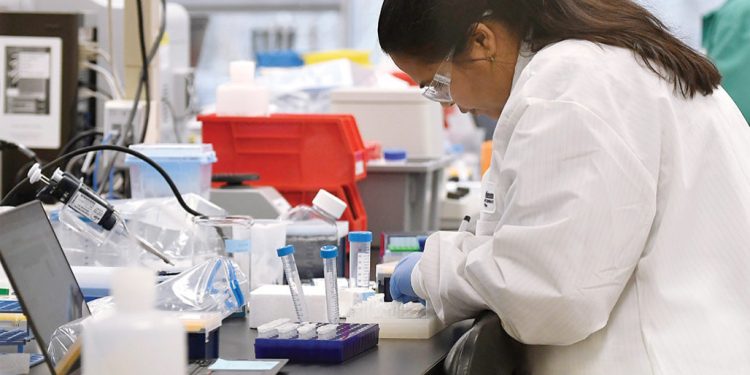Washington: Scientists have proposed a new truncated process for developing vaccines quickly during the COVID-19 pandemic. They want a fast start and many steps executed in parallel to curtail time in finding a proper vaccine. They say that in the present situation if prolonged processes are followed then it is not feasible to fight COVIDS-19.
Lengthy, expensive process
Researchers from the Coalition for Epidemic Preparedness Innovation (CEPI) said vaccine development is a lengthy, expensive process. There are high rates of attrition, typically taking multiple candidates. It takes and many years to produce a licensed therapeutic.
CEPI in the United States is a foundation that finances independent research projects to develop vaccines against emerging infectious diseases.
Process of making vaccine
In an article, published in the ‘New England Journal of Medicine’, experts from CEPI said vaccine developers had an observation to make. They said scientists usually follow a linear sequence of steps, with multiple pauses for data analysis. Then comes the manufacturing-process checks due to the cost and high failure rates of the process.
However, with a quick start and phases executed in parallel the scientists believe the process can be fast-tracked. However, there are high financial risks involved. They said for some vaccine platforms which have yielded significant success in humans. So Phase I clinical trials may be able to proceed in parallel with testing in animal models.
Clinical trials
According to the researchers, an ideal platform for this new paradigm would support development from viral sequencing to clinical trials. The entire process will take less than 16 weeks.
Such a truncated process, they said, can demonstrate the successful and consistent activation of immune responses in humans. It will then be suitable for a large-scale manufacturing platform that is independent of the pathogen.
Ideal example
They cited an example also. They said Moderna’s mRNA-based SARS-CoV-2 candidate vaccine entered a Phase I clinical trial March 16. It was less than 10 weeks after the first genetic sequences were released.
The proposed paradigm, the scientists said, requires multiple activities to be conducted at financial risk. There is always the chance that the vaccine candidate will not be safe and the results effective.
Among those with the greatest potential for quick development are DNA- and RNA-based platforms, the researchers noted in the article. They explained that both these genetic material-based vaccines can be made quickly. This is because they do not require culture or fermentation, but instead use synthetic processes.
Other methods to quicken research
Among other ways of hastening the process, they said testing in a suitable animal model, and rigorous safety monitoring in clinical trials will be critical. The scientists also suggested that manufacturing steps could be scaled up to commercial levels before data on the trial’s outcomes are available. However, they cautioned that building manufacturing capacity can cost hundreds of millions of dollars.
Agencies







































